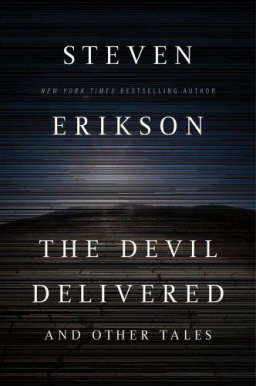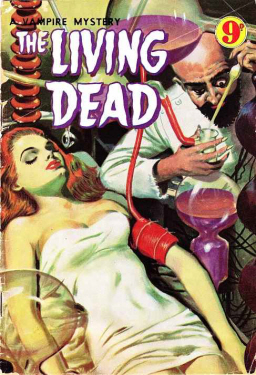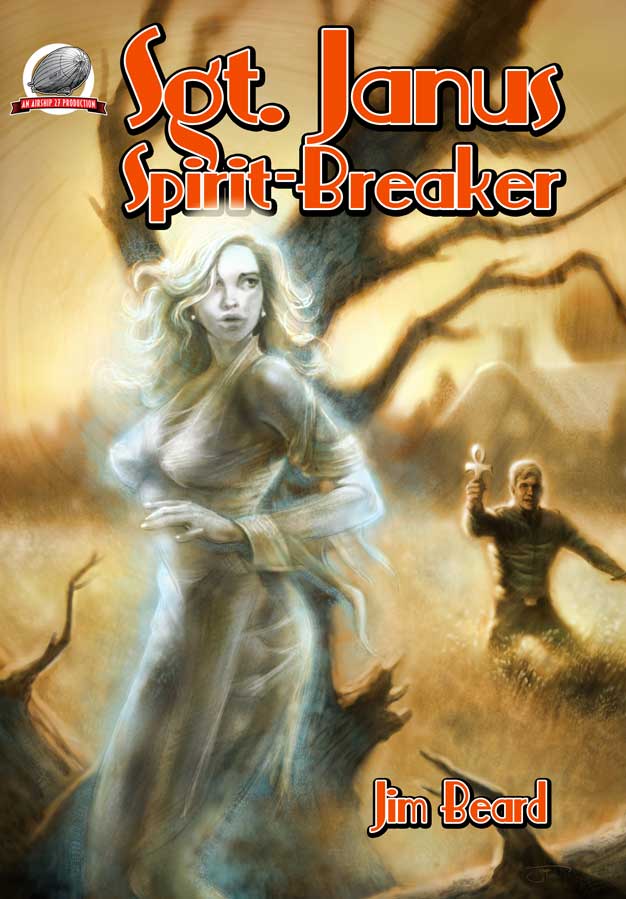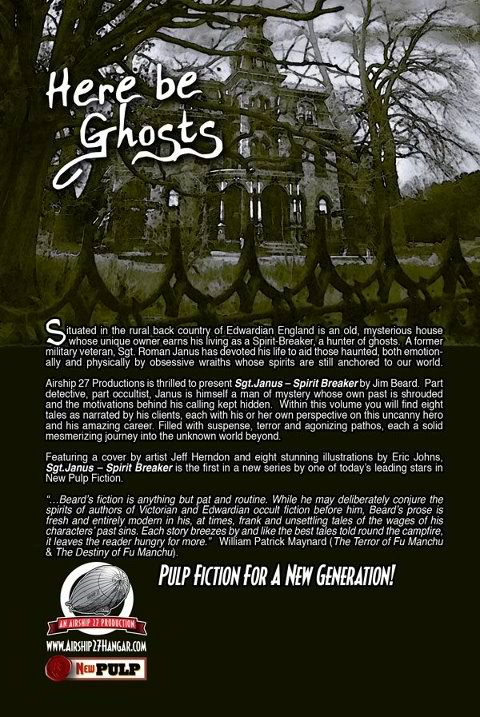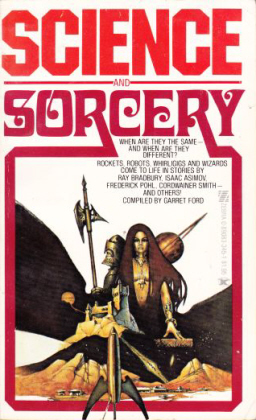Brave: Pixar Improves Disney’s Fantasy Princess
 The Disney/Pixar partnership has always been willing to take some risks. Let’s face it, these are the people who turned a lost fish, talking cars, and Ed Asner in a floating house into deeply rich character-driven stories about the human condition. It’s really a wonder if there’s anything they can’t do well!
The Disney/Pixar partnership has always been willing to take some risks. Let’s face it, these are the people who turned a lost fish, talking cars, and Ed Asner in a floating house into deeply rich character-driven stories about the human condition. It’s really a wonder if there’s anything they can’t do well!
But one thing that they have avoided, until now, is even trying to dip their toes into the genre that Disney has mastered: the fairy tale.
From my perspective, with Brave they’ve blown pretty much every Disney fairy-tale-themed film out of the water. I won’t get much into the plotline, because Pixar’s done a really good job of not spoiling it too much. (I had a guess about what was going to happen, based largely on the Subway restaurant promotional campaign materials, and that guess was pretty much on the mark.)
But, even with no idea what happens in the film, there are a lot of things that the film is about which I can discuss…
 This is the second part of a look at Rush, whose new steampunk epic Clockwork Angels came out earlier this month. I think it’s a wonderful album, but to explain why it seemed to me worth looking at their earlier work — I looked at what they’ve accomplished as a band, and what drummer and lyricist Neil Peart has become as a writer. Last time, I looked at their records up through 1978’s Hemispheres; I therefore begin here in 1980, with the next album, Permanent Waves. (You can find that first post
This is the second part of a look at Rush, whose new steampunk epic Clockwork Angels came out earlier this month. I think it’s a wonderful album, but to explain why it seemed to me worth looking at their earlier work — I looked at what they’ve accomplished as a band, and what drummer and lyricist Neil Peart has become as a writer. Last time, I looked at their records up through 1978’s Hemispheres; I therefore begin here in 1980, with the next album, Permanent Waves. (You can find that first post 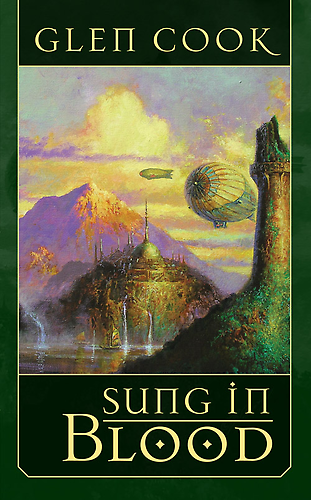
 On June 12 the new album by veteran Canadian power-prog-rock trio Rush was released. I went out in pouring rain to buy a copy because I had to have it that day. In reading what follows (the first of three posts, with part two
On June 12 the new album by veteran Canadian power-prog-rock trio Rush was released. I went out in pouring rain to buy a copy because I had to have it that day. In reading what follows (the first of three posts, with part two 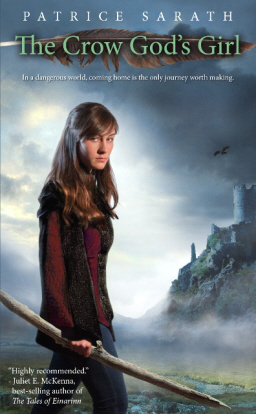
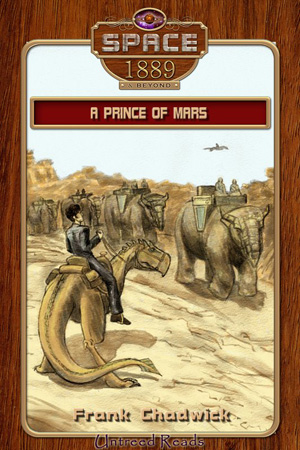 A Prince of Mars
A Prince of Mars 